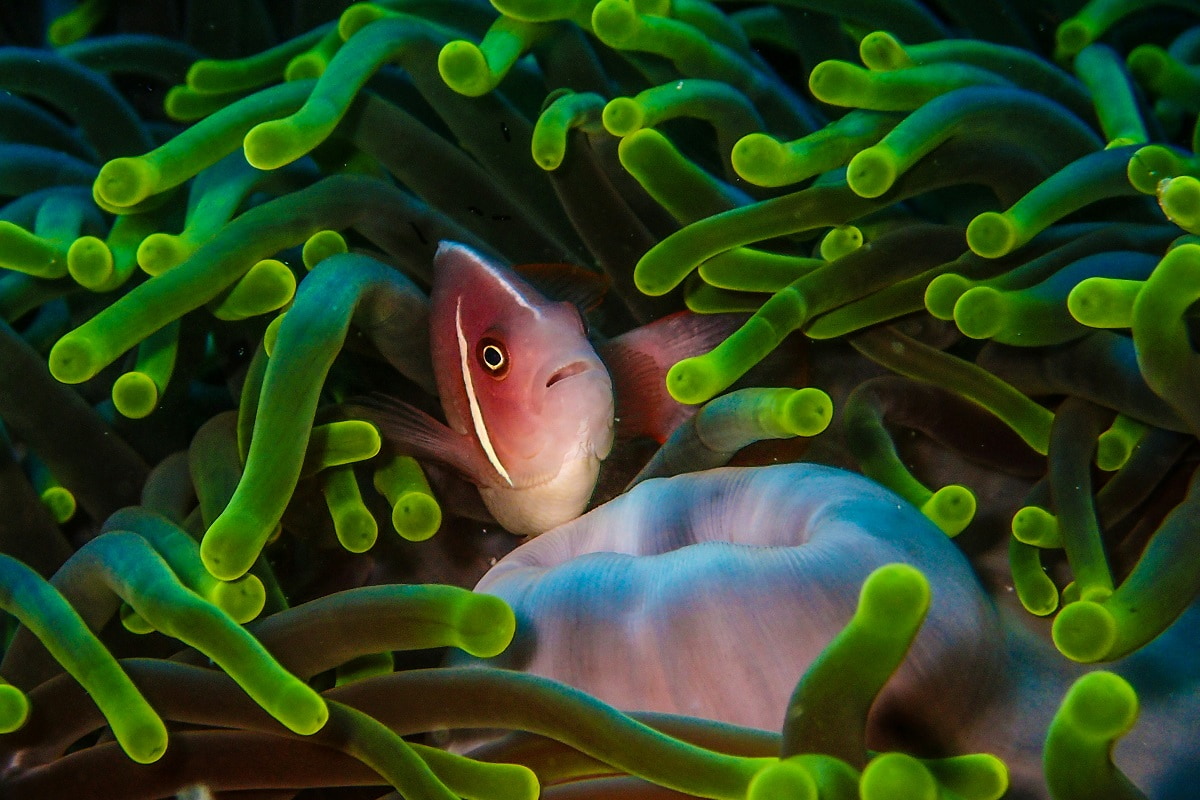Elephants, often romanticised as gentle giants roaming pristine wildernesses, are emblematic of biodiversity. Their portrayal in popular media has cultivated a strong public image as quintessential icons of nature. Beyond their symbolic value, elephants play a pivotal role in maintaining ecological equilibrium. They are known as ecosystem engineers, shaping landscapes through their foraging and migratory behaviours.
However, the survival of these magnificent creatures is under threat. This time, not from poachers or habitat loss, but from a less visible but equally dangerous enemy. A lack of conservation funding.
A recent study published in the biology journal Conservation Letters reveals a startling fact: 78 per cent of protected areas dedicated to African elephant conservation face an annual funding deficit. Comparing the amount of annual spending needed to stabilise elephant populations, researchers estimate an annual funding shortfall of $1.5 billion across all protected areas. The lack of adequate funding has severe implications for elephant conservation. This can lead to habitat degradation, increased human-wildlife conflict, and ultimately, the decline of elephant populations.
From the savannahs of East Africa to the coral reefs of Southeast Asia, the majority of conservationists are struggling with limited resources.
While the study didn’t cover the range of Asian elephants, it is expected that a shortfall in conservation in that region exists, too.
However, this underfunding represents just a fraction of a global biodiversity funding crisis of enormous proportions. The Kunming-Montreal Global Biodiversity Framework, adopted in December 2022, sets ambitious goals to halt and reverse biodiversity loss by 2030. This includes the “30x30” goal: to conserve at least 30 per cent of Earth’s land, oceans, coastal and inland waters by 2030. This is a laudable ambition, but without adequate financial support, it risks being little more than a well-intentioned but unfulfilled promise.
According to a 2020 report from the Paulson Institute, global spending on biodiversity conservation is currently about $124–143 billion per year. However, the same report estimates that between $722–967 billion per year is needed to reverse biodiversity decline by 2030. That’s a funding gap of more than $700 billion a year – more than five times current spending levels.

Indeed, lack of funding is the common problem. From the savannahs of East Africa to the coral reefs of Southeast Asia, the majority of conservationists are struggling with limited resources. Ironically, investing in biodiversity makes economic sense. The World Economic Forum’s 2021 report estimates that more than half of the world’s GDP – a whopping $44 trillion – depends on nature and its services. From the pollination that supports agriculture to the natural flood protection provided by mangroves, biodiversity is the foundation of the global economy.
Despite these clear economic reasons, mobilising funds has proven difficult. The Kunming-Montreal Global Biodiversity Framework committed to marshalling at least $200 billion annually from all sources by 2030. However, only $20 billion of this amount was provided as direct financial flows from developed to developing countries, where most of the world’s biodiversity is concentrated.
Increased public investment is required, especially from developed to biodiversity-rich developing nations.
There is no biodiversity conservation without money. But some welcome steps are being taken. A deal announced by Indonesia last month will redirect more than $35 million it owes to the United States into the conservation of coral reefs that are rich in coral species and support a vast array of marine life. Last year, Canada and the United Kingdom made significant contributions to the newly established Global Biodiversity Framework Fund.
More and more companies in the private sector are also recognising the importance of biodiversity protection in the economy. In 2023, a coalition of more than 100 global companies, including Bharat Heavy Electricals Limited (BHEL), Burberry China, GoTo Group, RPG Enterprises, and Vale, committed $1 billion to the 1t.org initiative aiming to conserve, restore, and grow a trillion trees by 2030.
The path to addressing the funding gap in conservation is undoubtedly challenging, yet achievable. Increased public investment is required, especially from developed to biodiversity-rich developing nations, along with innovative financial instruments, including debt-for-nature swaps or “blue bonds”. Furthermore, the private sector must play a more active role, shifting from mere corporate social responsibility to integrating biodiversity conservation as a fundamental business imperative.
Without substantial financial commitment, these biodiversity goals remain what they are: a noble wish, but ultimately an empty promise.

